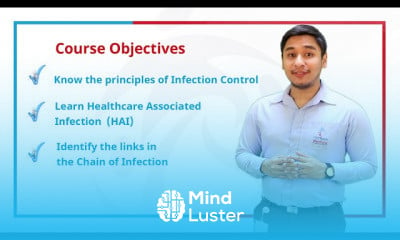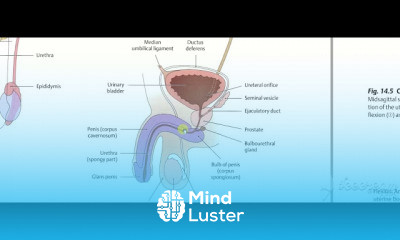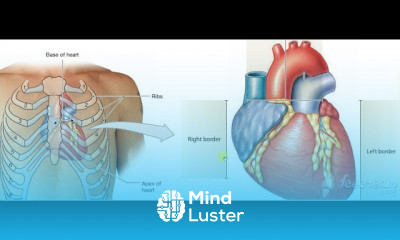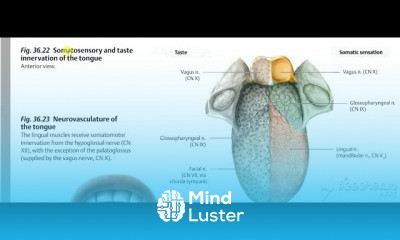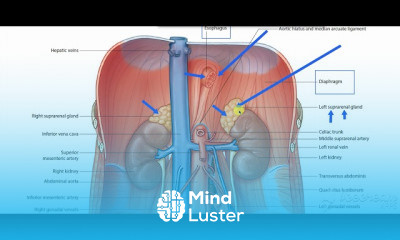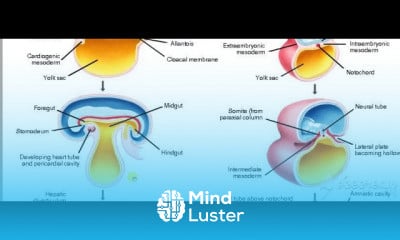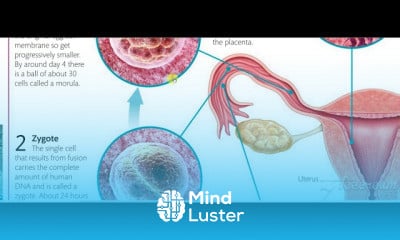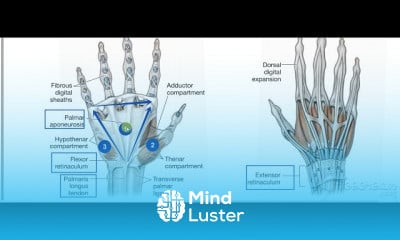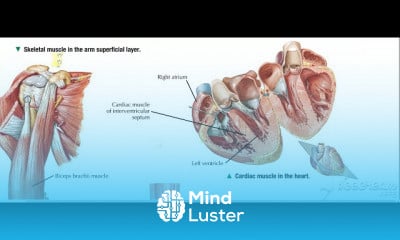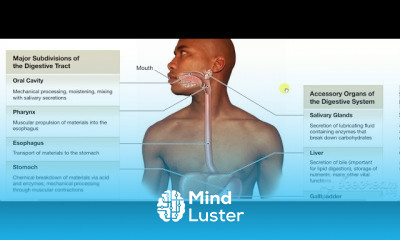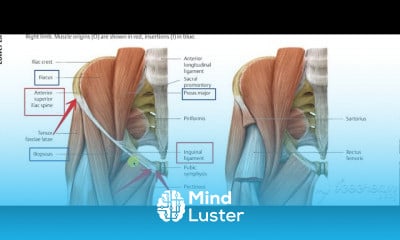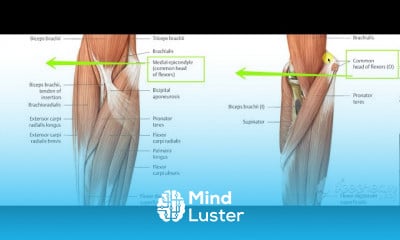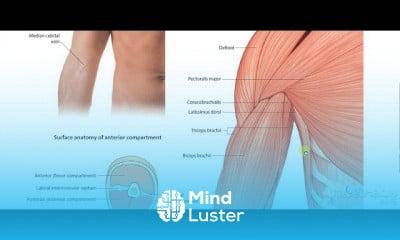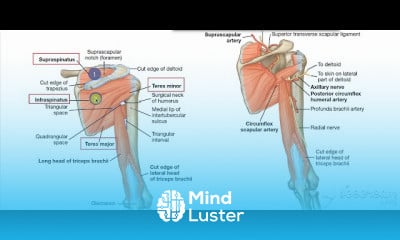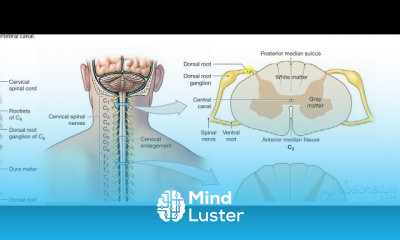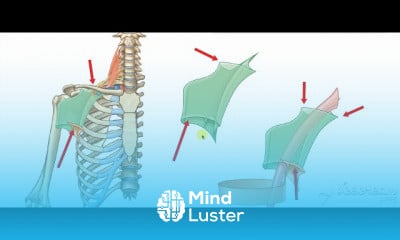Cervical lymph nodes
Share your inquiries now with community members
Click Here
Sign up Now
Lessons List | 19
Lesson
Comments
Related Courses in Medical
Course Description
The transverse cervical nerve (superficial cervical or cutaneous cervical) arises from the second and third spinal nerves, turns around the posterior border of the sternocleidomastoideus about its middle, and, passing obliquely forward beneath the external jugular vein to the anterior border of the muscle, it perforates the deep cervical fascia, and divides beneath the Platysma into ascending and descending branches, which are distributed to the antero-lateral parts of the neck. It provides cutaneous innervation to this area.
During dissection, the sternocleidomastoid (SCM) is the landmark. The transverse cervical nerves will pass horizontally directly over the SCM from Erb's point.
Most head and neck cancers begin in the squamous epithelium that line the structures found in the head and neck. Because of this, head and neck cancers are often referred to as squamous cell carcinomas. Some head and neck cancers begin in other types of cells. For example, cancers that begin in glandular cells are called adenocarcinomas.
Cancers of the head and neck are further identified by the area in which they begin:
Oral cavity
The oral cavity includes the lips, the front two-thirds of the tongue, the gums (gingiva), the lining inside the cheeks and lips (buccal mucosa), the bottom (floor) of the mouth under the tongue, the bony top of the mouth (hard palate), and the small area behind the wisdom teeth (retromolar trigone).
Salivary glands (major & minor)
The salivary glands are in several places: under the tongue, in front of the ears, and under the jawbone, as well as in other parts of the upper digestive tract.
Paranasal sinuses and nasal cavity
The paranasal sinuses are small hollow spaces in the bones of the head surrounding the nose. The nasal cavity is the hollow space inside the nose.
Pharynx
The pharynx is a hollow tube about 5 inches long that starts behind the nose and leads to the esophagus (the tube that goes to the stomach) and the trachea (the tube that goes to the lungs). The pharynx has three parts:
Nasopharynx
The nasopharynx, the upper part of the pharynx, is behind the nose.
Oropharynx
The oropharynx is the middle part of the pharynx. The oropharynx includes the soft palate (the back of the mouth), the base of the tongue, and the tonsils.
Hypopharynx
The hypopharynx is the lower part of the pharynx posterior pharyngeal wall, cricoid.
Larynx
The larynx, also called the voicebox, is a short passageway formed by cartilage just below the pharynx in the neck. The larynx contains the vocal cords. It also has a small piece of tissue, called the epiglottis, which moves to cover the larynx to prevent food from entering the air passages.
Lymph nodes in the upper part of the neck
Sometimes, squamous cancer cells are found in the lymph nodes of the upper neck when there is no evidence of cancer in other parts of the head and neck. When this happens, the cancer is called metastatic squamous neck cancer with unseen (occult) primary.
Cancers of the brain, eye, and thyroid usually are not included in the category of head and neck cancers. Cancers of the scalp, skin, muscles, and bones of the head and neck are also usually not considered cancers of the head and neck.
Upper aerodigestive tract cancers account for 3 percent of all cancers in the United States. These cancers are more common in men and in people over age 50. It is estimated that almost 38,000 men and women in this country will develop head and neck cancers in 2003.
Trends
French
Graphic design tools for beginners
Data Science and Data Preparation
Formation efficace à l écoute de l
Artificial intelligence essentials
Learning English Speaking
Essential english phrasal verbs
MS Excel
American english speaking practice
Electrical engineering for engineer
Build a profitable trading
Build a tic tac Toe app in Xcode
Python for beginners
Figma for UX UI design
YouTube channel setup
Marketing basics for beginners
Web Design for Beginners
Computer science careers
ArrayLists in C for beginners
Magento Formation Français
Recent
Data Science and Data Preparation
Growing ginger at home
Gardening basics
Ancient watering techniques
Grow mushrooms
Growing onions
Veggie growing
Bean growing at home
Growing radishes
Tomato growing at home
Shallot growing
Growing kale in plastic bottles
Recycling plastic barrel
Recycling plastic bottles
Grow portulaca grandiflora flower
Growing vegetables
Growing lemon tree
Eggplant eggplants at home
zucchini farming
watermelon farming in pallets



